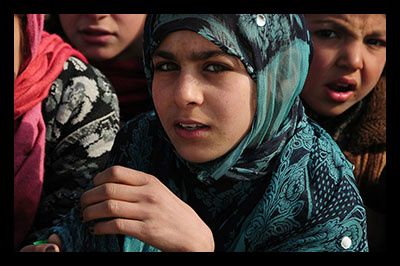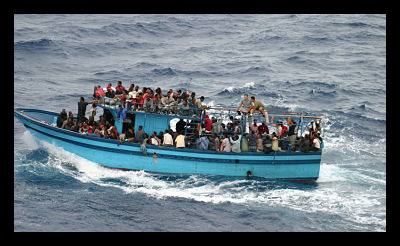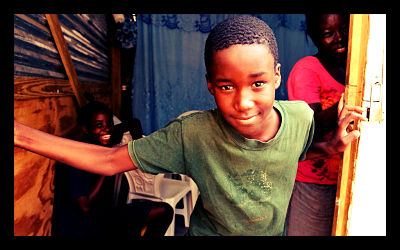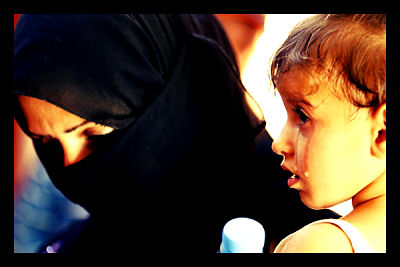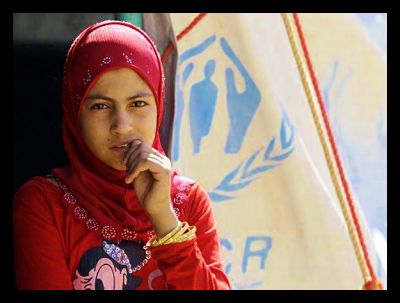With allegations of sexual abuse by priests surfacing over the last 15 years, Catholicism has been portrayed negatively in the news. In turn, followers of the faith can have negative perceptions upon hearing that their beloved religious leaders have a darker, more tainted morality.
Despite the ignominy, moral Catholics continue to do volunteer work for the greater good. One of the least acknowledged organizations of the church is the International Catholic Migration Commission.
Founded in 1951, the ICMC is dedicated to the service and protection of geographically displaced people, namely refugees and migrants. It also serves people who have been internally displaced, or exiled from their homes while staying within the borders of their native countries.
Most importantly, the ICMC’s services are not restricted to members of the Christian faith. A photo on the organization’s website says it all. A smattering of huddled refugees take shelter under gold ponchos and blue blankets on the deck of a boat while it sails towards the sunrise, toward hope of a safe haven.
Its workers have proved their integrity time and time again. During the past 15 years alone, agents of the ICMC have been aiding and sheltering victims of the wars in Afghanistan and Syria.
Because the ICMC has reserved locations in many impoverished countries, its agents are often able to step in more quickly than governmental aid organizations. The work that they do in these crises is truly invaluable.
But the media will not cover it. Why? Because it is biased toward sensationalism. While members of other religious groups forge terrorist attacks upon developed countries whose people become a tad too liberal in their mockery, Christians are almost disturbingly accepting of attacks on their faith.
As a consequence of sensationalism and freedom of the press, the public views Muslims as the ultimate villains, Christians as ignorant bigots and Judaism as the only religious group that can do absolutely no wrong. All three biases are misplaced.
Furthermore, the media is talking out of two sides of its mouth. According to the Pew Forum 2007 survey, African Americans made up the most religious racial group, with 85% practicing some denomination of Christianity. Another huge swath of Christians is Hispanic. Yet the press likes to overlook these statistics, praising Obama as the first African American president and peddling the rights of illegal immigrants while mocking the religious practices and beliefs of Blacks and Latinos.
What lies at the root of these religious prejudices is the layman’s demand for ancient belief systems to conform and adapt to modern social issues. Religious leaders and followers of all faiths are then forced to reconcile what are sometimes conflicting imperatives.
Child molestation is unambiguously wrong. Subjugation of women by religious leaders is wrong. But giving the media of any nation as much moral authority as the American media effectively claims only works to throw decent people who happen to be religious in the middle of an incessant sociopolitical campaign.
Criticism of religious institutions, much like the racially slanted coverage of police shootings, only works to fuel conflicts in both the United States and developing nations. It inspires people to shoot police officers vigilante-style and rant about archaic beliefs while religious individuals in poorer countries continue to face discrimination and crimes against humanity.
Perhaps the solution ought not to be found among the hateful organizations that yell loudest, but rather among the unsung heroes like members of the ICMC. As the overlooked saviors of media-portrayed victims, they may be the most ironic and unexpected heroes of all.
– Leah Zazofsky
Sources: ICMC, International Catholic Migration Commission, Pew Forum, Pew Research, UNHCR, Voice of America
Photo: Flickr
